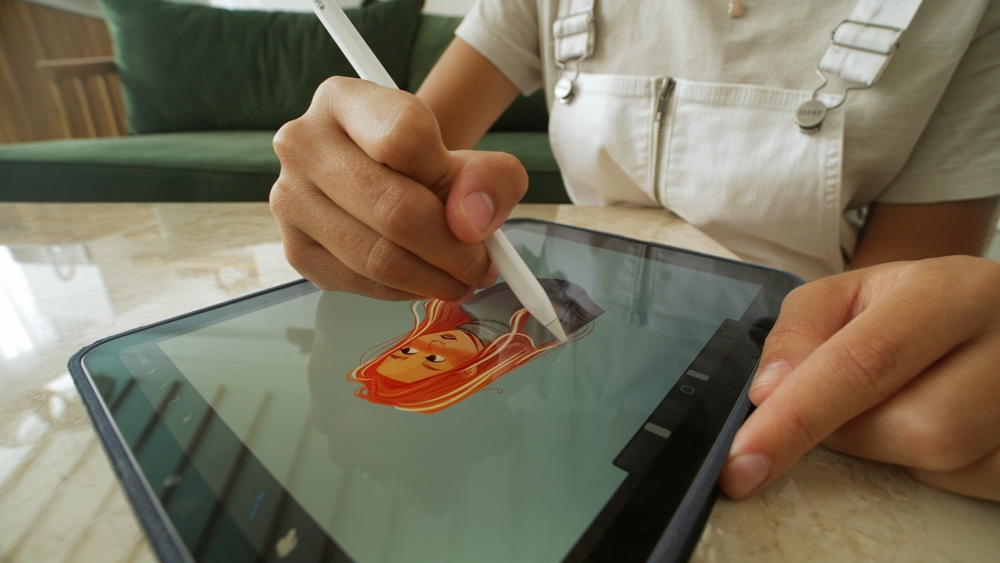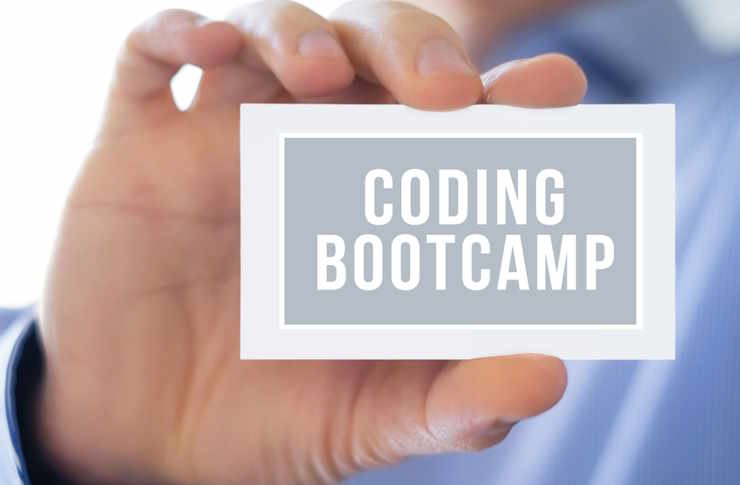TikTok in 2025: How Everyday Users Partner with Brands
TikTok in 2025 has become more than an entertainment app — it’s a global space where creators, marketers, and brands collaborate, experiment, and build communities. The platform rewards creativity, authenticity, and engagement, making it essential for digital marketing. Brands now seek creators who spot trends, create relatable content, and interact genuinely with audiences. For creators, TikTok offers collaboration, affiliate programs, and tools for monetization. Success requires planning, trend awareness, and a consistent voice. Current trends include short educational videos, AI-assisted editing, and micro-influencers driving loyal engagement. In 2025, TikTok continues to evolve as both an entertainment hub and a marketing powerhouse — connecting creativity with opportunity.

The landscape of social media marketing has transformed dramatically, with TikTok leading the charge in democratizing brand partnerships. Unlike traditional influencer marketing that relied on celebrities and accounts with millions of followers, the platform now enables users with modest followings to collaborate meaningfully with brands. This evolution reflects broader changes in consumer behavior, where authenticity and relatability often outperform polished advertising campaigns.
What Makes Digital Marketing TikTok Different in 2025
TikTok’s algorithm prioritizes content quality over follower count, creating opportunities for everyday users to achieve viral reach. Brands have recognized this unique characteristic and adapted their strategies accordingly. Instead of investing entire budgets into partnerships with mega-influencers, companies now distribute resources across multiple micro and nano-creators who maintain genuine connections with niche audiences. The platform’s Creator Marketplace has expanded to include users with as few as 1,000 followers, provided they demonstrate consistent engagement and content quality. This shift has made marketing digital efforts more accessible and cost-effective for businesses of all sizes.
How Paid Media Strategies Incorporate User-Generated Content
Paid media on TikTok has evolved beyond traditional sponsored posts. Brands now leverage user-generated content through various partnership models, including product seeding, affiliate programs, and collaborative campaigns. Companies send products to everyday users who create authentic reviews and demonstrations, often without formal contracts or payment requirements. The most successful content emerges organically, with brands then amplifying high-performing videos through paid promotion. This hybrid approach combines the authenticity of organic content with the reach of paid media, resulting in higher conversion rates and better return on investment. TikTok’s Spark Ads feature allows brands to boost user-generated content while maintaining the original creator’s profile, preserving authenticity while extending reach.
Tiktok Social Media Marketing Through Everyday Partnerships
The partnership models between brands and everyday users have diversified significantly. Beyond simple product placements, collaborations now include co-creation initiatives, community challenges, and long-term ambassador programs. Brands provide creative briefs that outline campaign goals while allowing creators freedom in execution. This balance ensures content aligns with brand values while maintaining the creator’s authentic voice. Many companies have established tiered partnership programs that reward consistent creators with increased compensation, exclusive products, and professional development opportunities. These structures create sustainable relationships rather than one-off transactions, benefiting both parties through ongoing collaboration and mutual growth.
Understanding Tiktok Digital Marketing Compensation Models
Compensation structures for everyday creators vary widely based on follower count, engagement rates, content type, and campaign scope. Many brands offer product-only partnerships for nano-creators, while micro-creators with 10,000 to 50,000 followers might receive products plus monetary compensation. Payment models include flat fees per video, commission-based affiliate arrangements, and performance bonuses tied to engagement metrics or sales conversions.
| Partnership Type | Typical Creator Range | Compensation Structure |
|---|---|---|
| Product Seeding | 1,000 - 10,000 followers | Free products, no payment |
| Affiliate Marketing | 5,000 - 50,000 followers | Commission on sales (5-20%) |
| Sponsored Content | 10,000 - 100,000 followers | $100 - $1,500 per video |
| Brand Ambassador | 25,000+ followers | Monthly retainer $500 - $5,000+ |
| Campaign Collaboration | Variable | Project-based $200 - $10,000+ |
Prices, rates, or cost estimates mentioned in this article are based on the latest available information but may change over time. Independent research is advised before making financial decisions.
Building Authentic Connections Through Marketing Digital Initiatives
Successful brand partnerships on TikTok prioritize authenticity over production value. Everyday users succeed because their content reflects genuine experiences and honest opinions. Brands that attempt to over-control messaging or require heavily scripted content often see poor performance, as audiences quickly detect inauthenticity. The most effective partnerships allow creators to integrate products naturally into their existing content styles, whether that involves cooking tutorials, daily vlogs, fashion hauls, or educational content. This approach maintains audience trust while achieving marketing objectives, creating a win-win scenario where viewers receive valuable content and brands gain credible endorsements.
Navigating the Future of Creator-Brand Relationships
As TikTok continues evolving, the platform is developing more sophisticated tools for facilitating partnerships. Enhanced analytics help creators demonstrate their value to potential brand partners, while improved discovery features enable companies to identify suitable collaborators more efficiently. The platform has also introduced educational resources teaching everyday users how to approach brands professionally, negotiate fair compensation, and create effective sponsored content. These developments professionalize what was once an informal process, establishing standards that protect both creators and brands. The trend toward democratized partnerships shows no signs of slowing, suggesting that everyday users will play an increasingly central role in digital marketing strategies across all social platforms.
The transformation of TikTok into a platform where ordinary users partner meaningfully with brands represents a significant shift in digital marketing. By prioritizing authenticity, leveraging diverse compensation models, and building sustainable relationships, both creators and companies benefit from this evolving ecosystem. As the platform continues developing tools and resources to support these partnerships, the line between consumer and marketer will likely blur further, creating new opportunities for creative collaboration and authentic brand storytelling.




